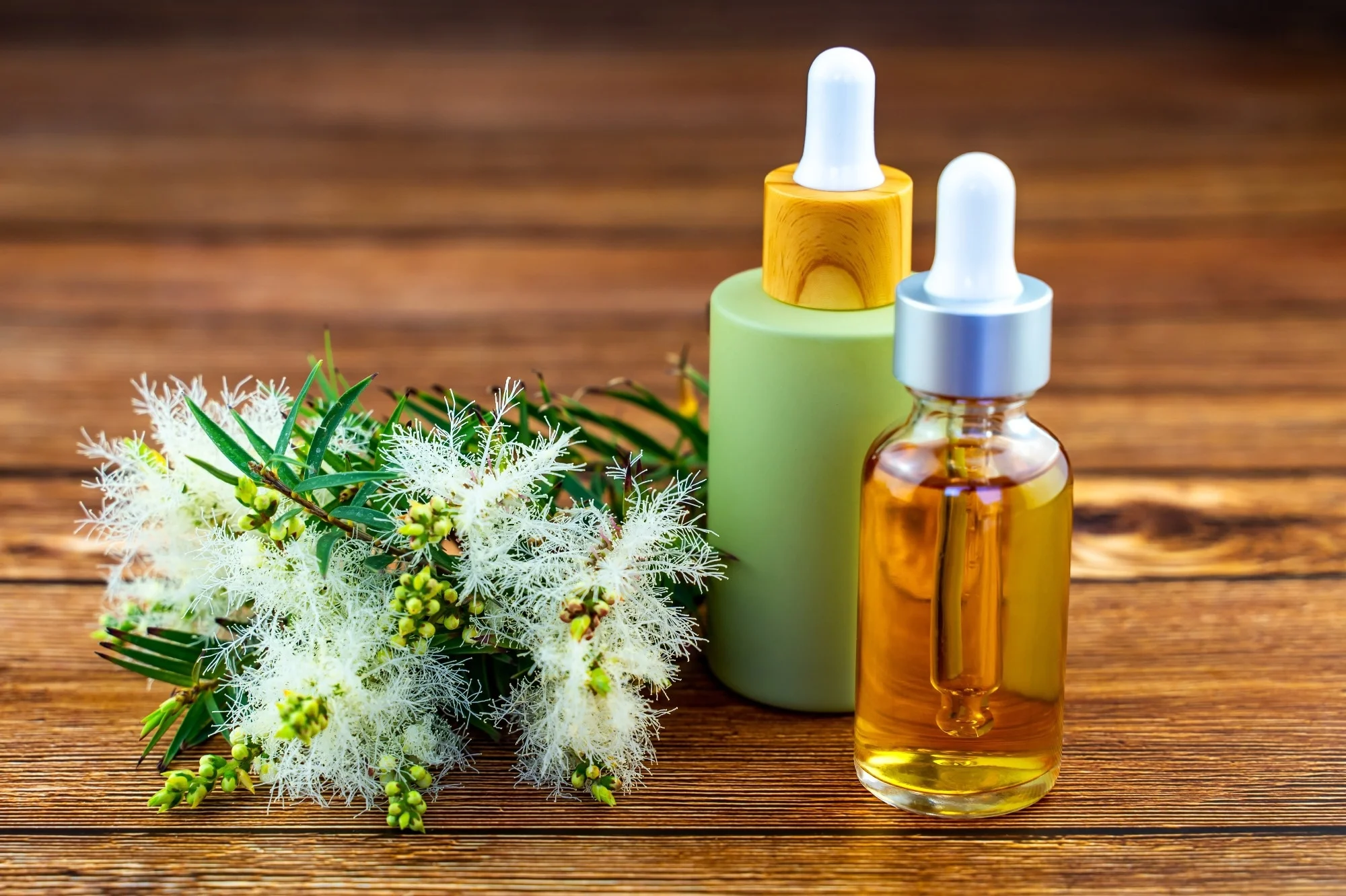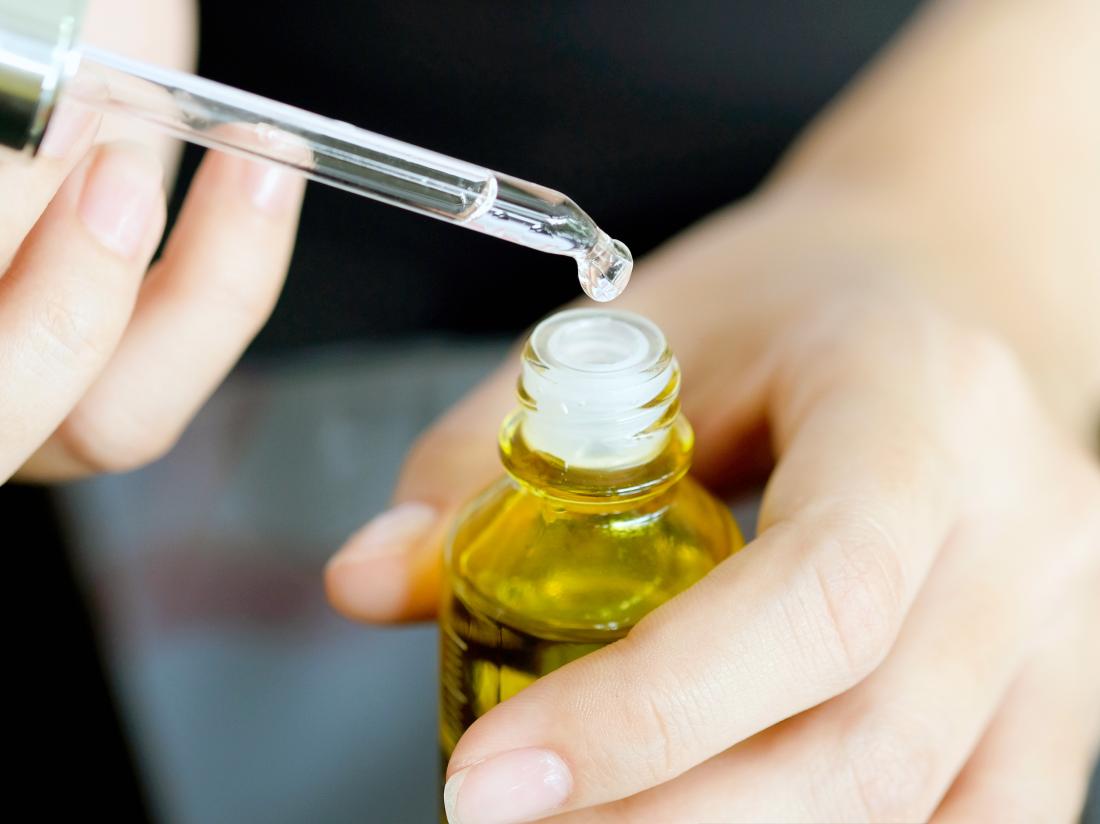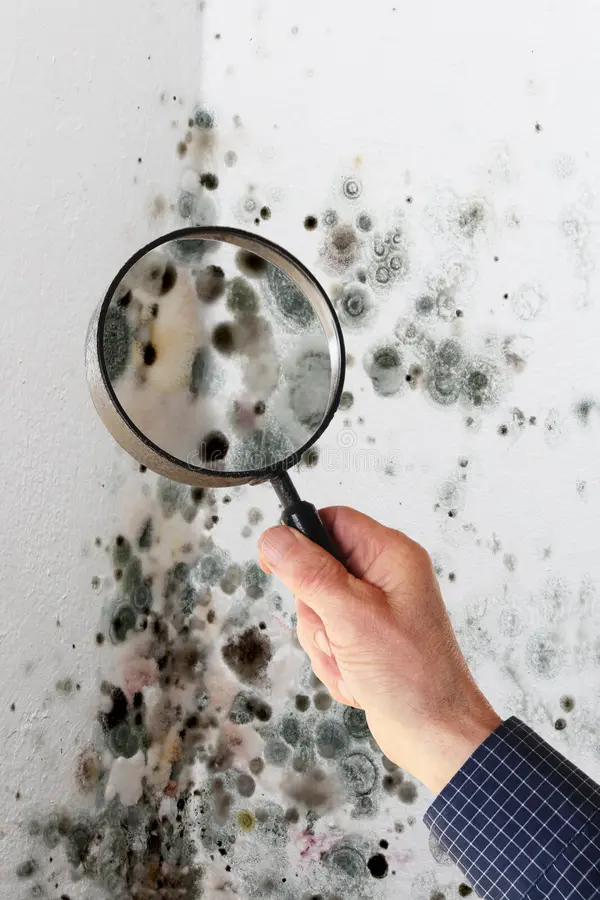Mold infestations are a common problem in homes, but harsh chemicals aren’t the only solution. Tea tree oil, a natural antifungal and antibacterial agent, is an effective and eco-friendly alternative for killing mold. In this guide, we’ll explore how tea tree oil works against mold, its benefits, and the step-by-step process for using it in your home.
What Is Tea Tree Oil, and Why Does It Kill Mold?

Tea tree oil, derived from the leaves of the Melaleuca alternifolia tree, is renowned for its natural antimicrobial properties. It contains compounds like terpinen-4-ol, which target and destroy mold spores, making it an effective and non-toxic solution for mold removal.
Unlike many chemical cleaners, tea tree oil is safe for most surfaces and leaves behind a fresh, natural scent, making it a popular choice for homeowners looking for green cleaning solutions.
Benefits of Using Tea Tree Oil for Mold Removal
Here’s why tea tree oil is a preferred option for tackling mold:
- Natural and Non-Toxic: Safe for use around children and pets when used properly.
- Antifungal Properties: Effectively kills mold spores and prevents regrowth.
- Deodorizes: Eliminates musty odors associated with mold infestations.
- Versatile: Works on both porous and non-porous surfaces.
Table: Advantages and Disadvantages of Tea Tree Oil for Mold Removal
| Advantages | Disadvantages |
|---|---|
| Natural and eco-friendly | Strong smell may be overwhelming for some |
| Safe for most surfaces | More expensive than some alternatives |
| Kills mold and prevents regrowth | Requires proper dilution for safe use |
| Works on porous and non-porous surfaces | Not as effective for severe mold infestations |
Step-by-Step Guide: How to Kill Mold with Tea Tree Oil

Follow these steps to safely and effectively use tea tree oil for mold removal:
Materials Needed:
- 100% pure tea tree oil
- Spray bottle
- Water
- Soft brush or cloth
- Protective gear (gloves, goggles, mask)
Step 1: Prepare the Tea Tree Oil Solution
Mix 1 teaspoon of tea tree oil with 1 cup of water in a spray bottle. Shake well to combine.
Step 2: Apply the Solution to Affected Areas
Spray the tea tree oil solution directly onto the mold-affected surface. Ensure full coverage for maximum effectiveness.
Step 3: Let It Sit
Allow the solution to sit for at least 1 hour. This gives the tea tree oil time to penetrate and kill the mold spores.
Step 4: Wipe Away the Mold
Use a soft brush or cloth to scrub the area gently, removing the dead mold and residue. Rinse with clean water if necessary.
Step 5: Prevent Future Mold Growth
Reapply a diluted tea tree oil solution periodically to discourage mold regrowth. Keep the area dry and well-ventilated.
When to Use Tea Tree Oil and When to Call a Professional

Tea tree oil is effective for small to moderate mold problems, especially on surfaces like tile, glass, or painted wood. However, for severe infestations, black mold, or mold in hard-to-reach areas like HVAC systems or behind walls, professional remediation is recommended.
Contact Citywide Mold Mitigation for expert mold removal services tailored to your home’s needs.
Alternatives to Tea Tree Oil for Mold Removal
If tea tree oil isn’t available or suitable for your needs, consider these alternatives:
1. Vinegar
A natural and cost-effective mold killer, vinegar is great for non-porous surfaces.
2. Hydrogen Peroxide
Hydrogen peroxide removes mold and stains effectively and works well on porous materials.
3. Baking Soda
Non-toxic and versatile, baking soda is a gentle cleaner for light mold problems.
4. Commercial Mold Cleaners
Specialized products are designed to tackle severe infestations and prevent regrowth.
Table: Comparing Tea Tree Oil to Other Mold Removal Methods
| Method | Effectiveness | Best Use |
|---|---|---|
| Tea Tree Oil | High | Small to moderate mold on various surfaces |
| Vinegar | Moderate to High | Non-porous surfaces |
| Hydrogen Peroxide | High | Porous and non-porous surfaces |
| Baking Soda | Moderate | Light mold and deodorizing |
| Commercial Cleaners | Very High | Severe mold infestations |
FAQs About Killing Mold with Tea Tree Oil
| Question | Answer |
|---|---|
| Does tea tree oil kill all types of mold? | Tea tree oil is effective against most common household molds but may not eliminate severe infestations. |
| Is tea tree oil safe for pets? | Tea tree oil is safe when diluted, but avoid direct contact with pets. |
| How often should I use tea tree oil to prevent mold? | Reapply every few months or after cleaning mold-prone areas. |
| Can I use tea tree oil on fabric? | Yes, but test a small area first to avoid staining or damage. |
| What does tea tree oil smell like? | Tea tree oil has a strong, medicinal scent that fades over time. |
Conclusion: Why Tea Tree Oil Is a Game-Changer for Mold Removal
Tea tree oil is a natural, effective, and versatile solution for tackling mold in your home. While it’s best suited for small to moderate infestations, its antifungal properties and eco-friendliness make it a great addition to your mold removal toolkit. For larger mold problems or severe infestations, trust the experts at Citywide Mold Mitigation to provide professional solutions tailored to your needs.

